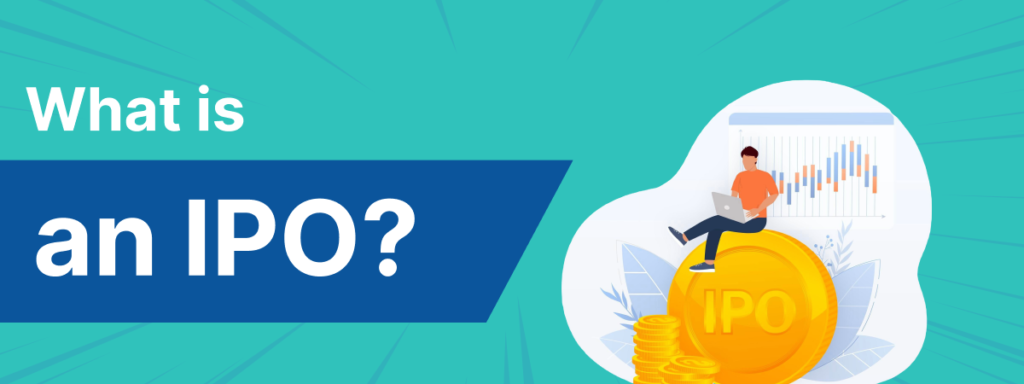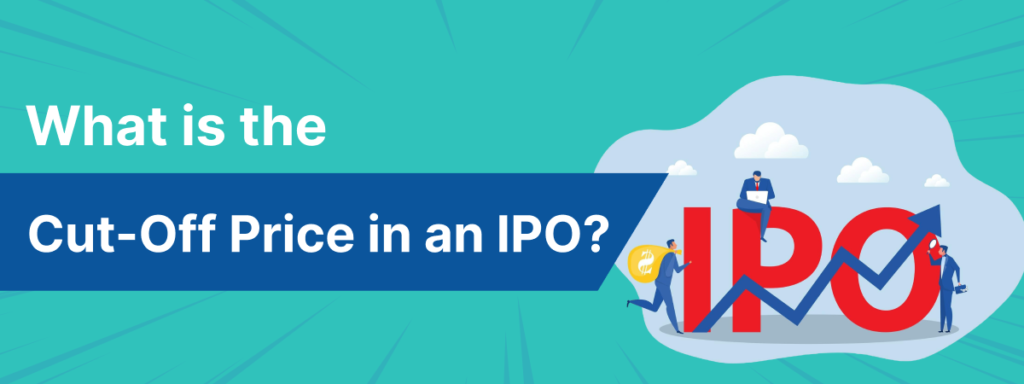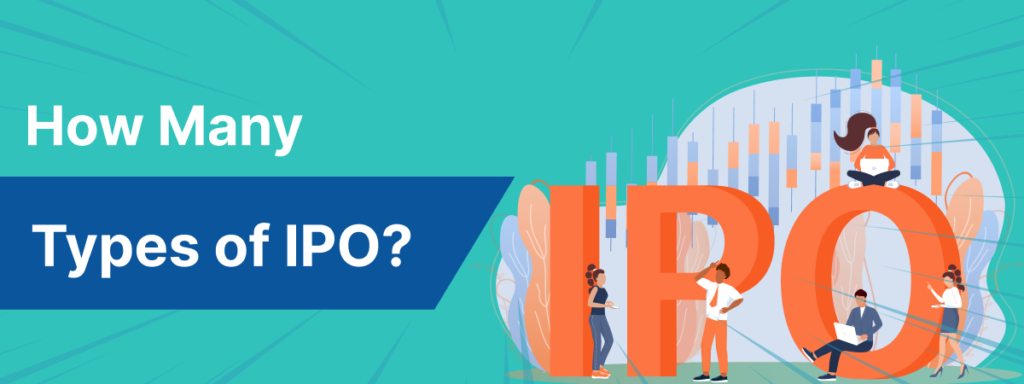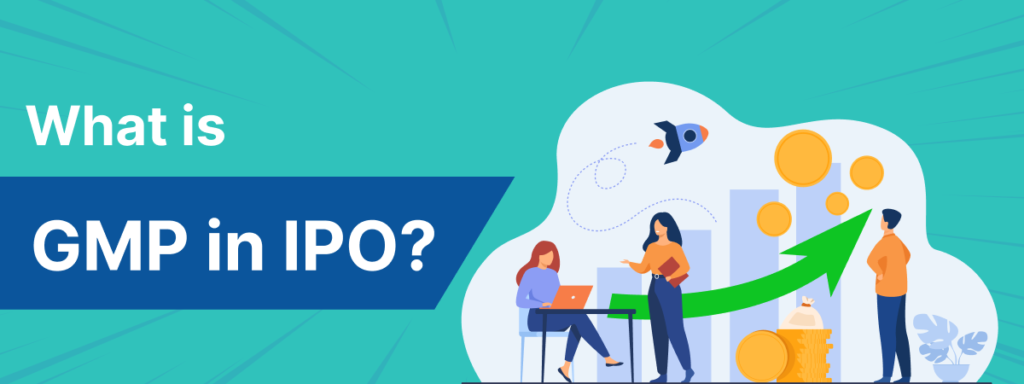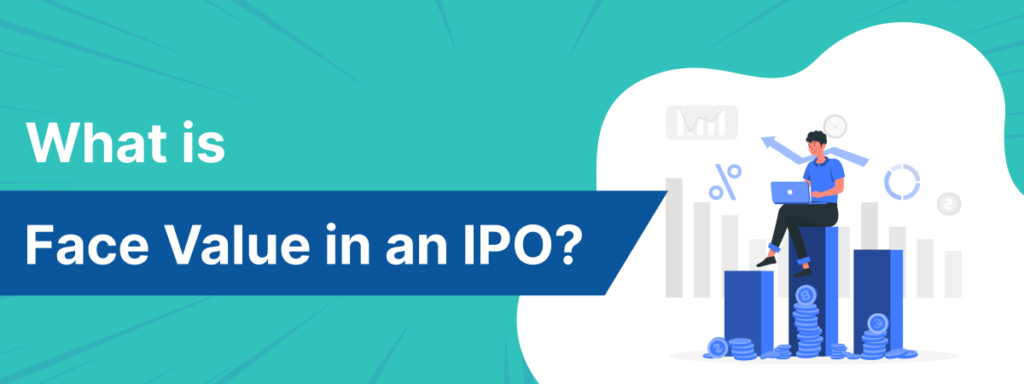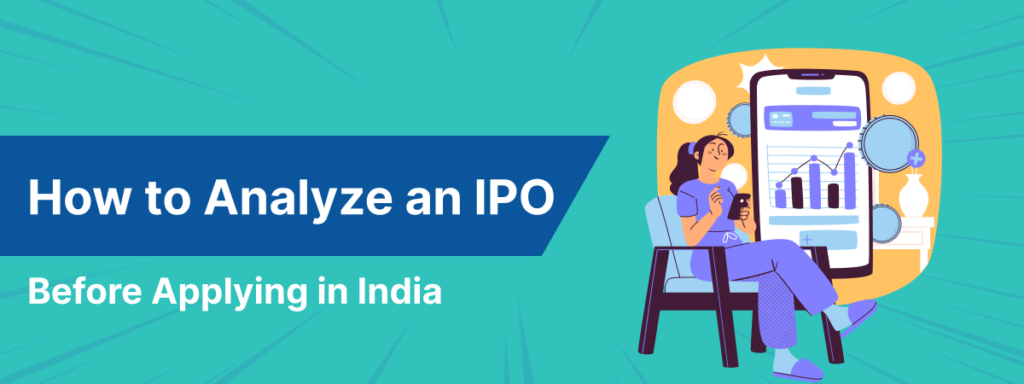When a company decides to go public and launch an Initial Public Offering (IPO) one of the most critical aspects is determining the issue price band. The price band plays a significant role in attracting investors and ensuring the success of the IPO. But what exactly is an IPO issue price band, and how is it decided? In this blog, we’ll break down everything you need to know about IPO price bands, their significance, and the factors that influence their determination.
What is an IPO Issue Price Band?
The IPO issue price band is the range within which investors can bid for shares during the IPO process. It consists of two prices:
- Floor Price: The minimum price at which investors can bid for shares.
- Cap Price: The maximum price at which investors can bid for shares.
For example, if a company sets a price band of ₹200–₹250, investors can bid for shares at any price within this range. The final issue price is determined after the bidding process is complete, based on investor demand and other factors.
Why is a Price Band Important in an IPO?
The price band serves several important purposes:
- Attracts Investors: By offering a range, the price band accommodates different types of investors, from retail to institutional.
- Ensures Fair Pricing: It helps determine a fair market value for the shares based on investor demand.
- Reduces Volatility: A price band prevents extreme fluctuations in share prices during the IPO process.
- Provides Flexibility: Investors can bid at a price they are comfortable with, within the specified range.
How is the IPO Issue Price Band Decided?
The price band is decided by the company in consultation with its merchant bankers (also known as book-running lead managers). Several factors are considered to determine the appropriate price range:
1. Company Valuation
The company’s valuation is a key factor in deciding the price band. Valuation methods include:
- Discounted Cash Flow (DCF): Estimates the company’s future cash flows and discounts them to their present value.
- Comparable Company Analysis (CCA): Compares the company’s financial metrics with similar publicly traded companies.
- Asset-Based Valuation: Evaluates the company’s net asset value (NAV).
2. Market Conditions
The state of the stock market and investor sentiment play a crucial role in setting the price band. For example:
- In a bull market, companies may set a higher price band due to increased investor confidence.
- In a bear market, a lower price band may be set to attract cautious investors.
3. Industry Trends
The performance and growth prospects of the industry in which the company operates are also considered. For instance:
- A company in a high-growth industry (e.g., technology or renewable energy) may set a higher price band.
- A company in a stagnant or declining industry may opt for a lower price band.
4. Investor Demand
Merchant bankers conduct roadshows and pre-IPO meetings with institutional investors to gauge demand. Based on feedback, they adjust the price band to ensure sufficient investor interest.
5. Regulatory Guidelines
The Securities and Exchange Board of India (SEBI) has specific guidelines for IPOs, including rules on price bands. Companies must comply with these regulations to ensure a smooth IPO process.
6. Company’s Financial Performance
The company’s historical financial performance, including revenue, profit margins, and growth rates, is analyzed to determine a fair price range.
7. Peer Comparison
The price bands of similar companies that have recently gone public are also considered to ensure competitiveness.
How is the Final Issue Price Determined?
After the bidding process is complete, the final issue price is determined based on:
- Investor Bids: The price at which the maximum number of shares are bid for is often selected.
- Book Building Process: In a book-built IPO, the final price is decided based on the demand at different price levels within the band.
- Underwriters’ Decision: The merchant bankers and company management finalize the price based on overall demand and market conditions.
Example of an IPO Price Band
Let’s take the example of Zomato’s IPO in 2021:
- Price Band: ₹72–₹76 per share.
- Final Issue Price: ₹76 (upper end of the band).
The final price was set at the upper end due to strong investor demand, reflecting confidence in the company’s growth prospects.
Conclusion
The IPO issue price band is a crucial element of the IPO process, ensuring fair pricing and attracting a wide range of investors. It is determined based on factors like company valuation, market conditions, industry trends, and investor demand. By understanding how price bands work, investors can make informed decisions and participate confidently in IPOs.
Whether you’re a retail investor or a seasoned trader, keeping an eye on the price band and the factors influencing it can help you identify promising IPO opportunities. Happy investing!
FAQs About IPO Issue Price Bands
Can retail investors bid at any price within the band?
Yes, retail investors can bid at any price within the specified price band. However, they often bid at the cut-off price, which is the highest price in the band, to increase their chances of allotment.
What happens if the IPO is undersubscribed?
If the IPO is undersubscribed (i.e., demand is lower than the number of shares offered), the company may lower the final issue price or withdraw the IPO.
Can the price band change after the IPO is announced?
No, the price band is fixed before the IPO opens and cannot be changed during the bidding process.
How does the price band affect listing gains?
A lower price band may attract more investors, increasing the chances of listing gains. However, the final listing price depends on market demand and sentiment.
What is the difference between a fixed-price IPO and a book-built IPO?
- Fixed-Price IPO: The issue price is fixed and announced in advance.
- Book-Built IPO: The price band is announced, and the final price is determined based on investor bids.

